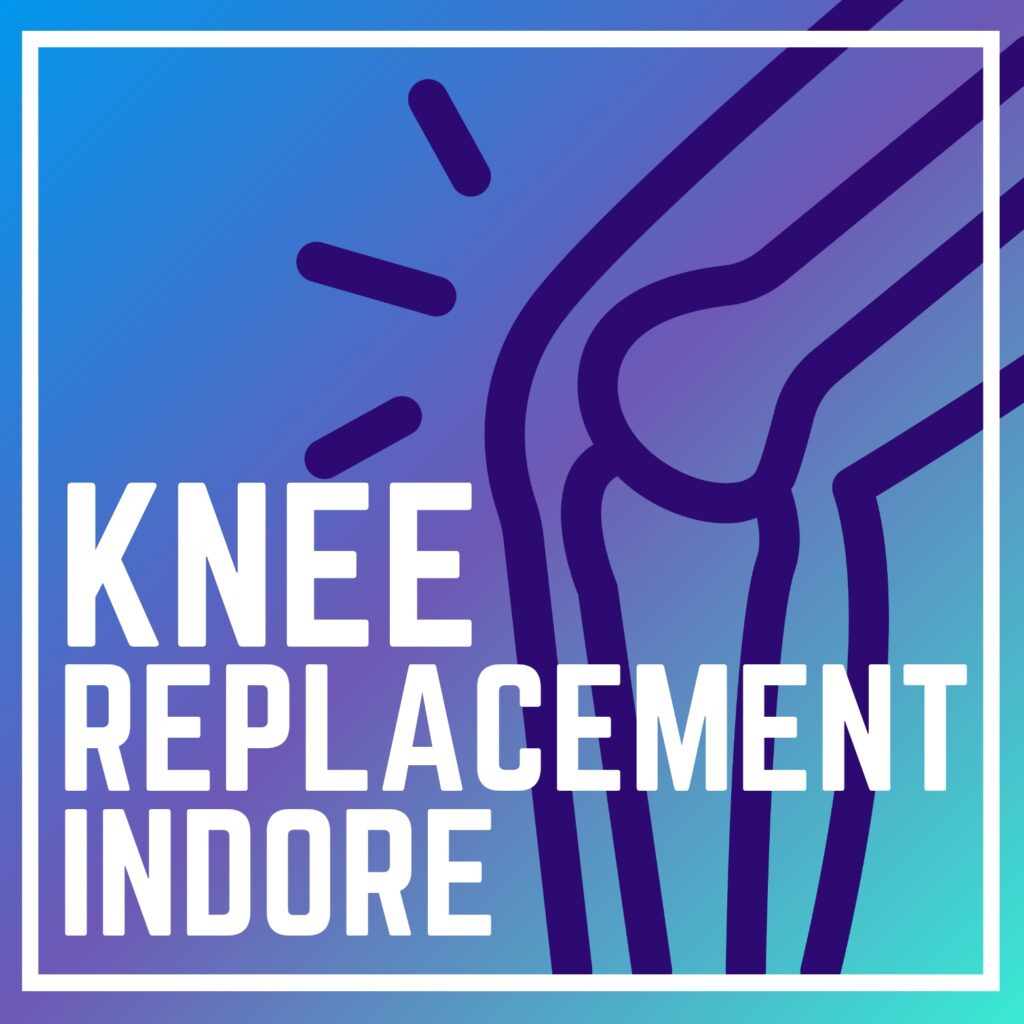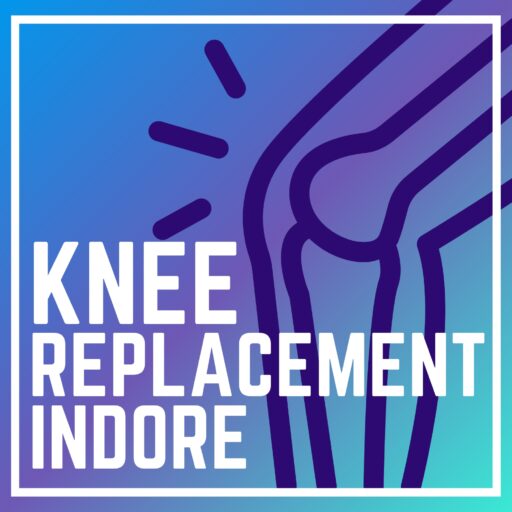This page is written for patients in Indore and across India who want to understand their knee replacement options in clear, straightforward terms. Below is an easy-to-understand overview of the various types of knee replacement implants, why they differ, and how we choose the right one for you.
1. Design-Based Implants
1.1 Total Knee Replacement (TKR)
These implants replace all major joint surfaces—the lower end of the thigh bone (femur), the upper end of the shin bone (tibia), and sometimes the kneecap (patella).
Cruciate-Retaining (CR)
The posterior cruciate ligament (PCL) is preserved, helping the knee feel more natural and stable. Best for patients with a healthy PCL.Posterior-Stabilized (PS)
The PCL is removed; the implant includes a post-and-cam mechanism to substitute for ligaments. Useful when the PCL is damaged or absent.Ultra-Congruent / Deep-Dish Designs
Offers extra contact and stability, especially helpful when ligament balance isn’t ideal.
1.2 Partial (Unicompartmental) Knee Replacement (PKR)
Only the damaged compartment is replaced, preserving healthy parts of your knee.
Medial or Lateral Unicompartmental – Replaces just one side of the knee.
Patellofemoral – Only the kneecap and its groove are replaced.
Bicompartmental – Two compartments (e.g., medial + patellofemoral) are replaced.
यह विकल्प तब चुना जाता है जब घुटने का ज़्यादा हिस्सा स्वस्थ रहता है।
1.3 Revision Knee Replacement
Used when the first implant has worn out, loosened, or been infected. These implants often have longer stems, augments, and more constrained designs to give additional stability.
2. Level of Constraint (Stability)
Unconstrained (e.g., CR) – Relies on your own ligaments, allowing more natural motion.
Semi-Constrained (e.g., PS) – Adds stability where ligaments may be weak.
Fully Constrained / Hinged – Used when ligaments are severely damaged or bone loss is extensive; offers maximum support.
3. Fixation Methods - How the Implant Stays in Place
Cemented Fixation – Uses bone cement (polymethylmethacrylate/P.M.M.A.) to secure the implant. Very reliable, especially in older patients or those with weaker bones.
Cementless (Press-fit) – Coated or porous surfaces encourage your bone to grow directly into the implant; often used for younger, more active patients.
Hybrid – One side (e.g., tibia) is cemented, while the other (e.g., femur) is cementless—combining benefits of both.
4. Material Combinations - Bearing Surfaces
Metal-on-Polyethylene – Most common combination; reliable and cost-effective.
Ceramic-on-Polyethylene – Improved wear characteristics, potentially longer-lasting.
Oxidized Zirconium (Oxinium) on Polyethylene – Very smooth and durable; reduces wear further.
All-Polyethylene Tibial Component – Simpler design; often cost-effective when cemented.
5. Bearing Mobility -Fixed vs. Mobile
Fixed-Bearing
The plastic insert is fixed to the metal tibial base. Simple, stable, and widely used.Mobile-Bearing (Rotating Platform)
The plastic can move/rotate slightly, better mimicking natural knee motion and potentially reducing wear. Requires precise surgical technique for best performance.
6. Matching Implant Types to Individual Needs
When discussing implants with patients in Indore, India—or anywhere in the country—we consider:
Patient’s Age & Activity Level
Younger, active individuals benefit from cementless, high-durability materials; older patients may do better with cemented, proven designs.Bone Quality
Poorer bone (e.g., due to osteoporosis) often directs us toward cemented options for secure fixation.Ligament Condition
If the PCL is healthy, a CR implant may be chosen; weak or absent ligaments may favor a PS or hinged design.Budget & Availability
India offers a broad range of implants. I guide patients toward options that balance cost with performance and durability.
Why Understanding These Options Matters
Empowers you to take an informed decision about your surgery.
Helps you discuss specifics clearly with your surgeon.
Improves satisfaction when the implant choice aligns with your lifestyle and expectations.
Summary Table - Quick Overview
| Category | Types |
|---|---|
| Design | Total (CR / PS / Ultra-Congruent), Partial (Unicompartmental, Patellofemoral, Bicompartmental), Revision |
| Constraint | Unconstrained, Semi-constrained, Fully Constrained / Hinged |
| Fixation | Cemented, Cementless, Hybrid |
| Materials | Metal-PE, Ceramic-PE, Oxinium-PE, All-PE Tibial |
| Bearing Type | Fixed-Bearing, Mobile-Bearing (Rotating Platform) |
Final Thoughts
If you or a loved one are considering knee replacement, I’ll walk you through each option, guided by your lifestyle, knee condition, and budget. In Indore, I offer personalized consultations, and can explain what’s best for you—plainly, compassionately, and professionally.
आपका विश्वास, हमारा उत्तरदायित्व।

